The Challenge: Reducing Vulnerability
Central America is one of the regions most vulnerable to natural hazards in the world. Located on the fringe of an unstable dance of tectonic plates, the region is threatened by earthquakes, a chain of active volcanoes, the notorious “Pacific ring of fire,” hurricanes, and storms. Population growth, unplanned and unregulated land use, lack of environmental controls, and poor application of building standards worsen the impacts of natural events and result in disasters with the accompanying loss of life, property, and wealth.
Central American governments have been improving their ability to reduce the impacts of natural hazards through activities promoted by the Centre for the Prevention of Natural Disasters in Central America (CEPREDENAC), an inter-governmental organization, founded in 1987, within the Central American Integration System (Sistema de la Integración Centroamericana, SICA). As part of this effort, the Probabilistic Risk Assessment, CAPRA Initiative, was developed to strengthen regional capacity to understand risk.
